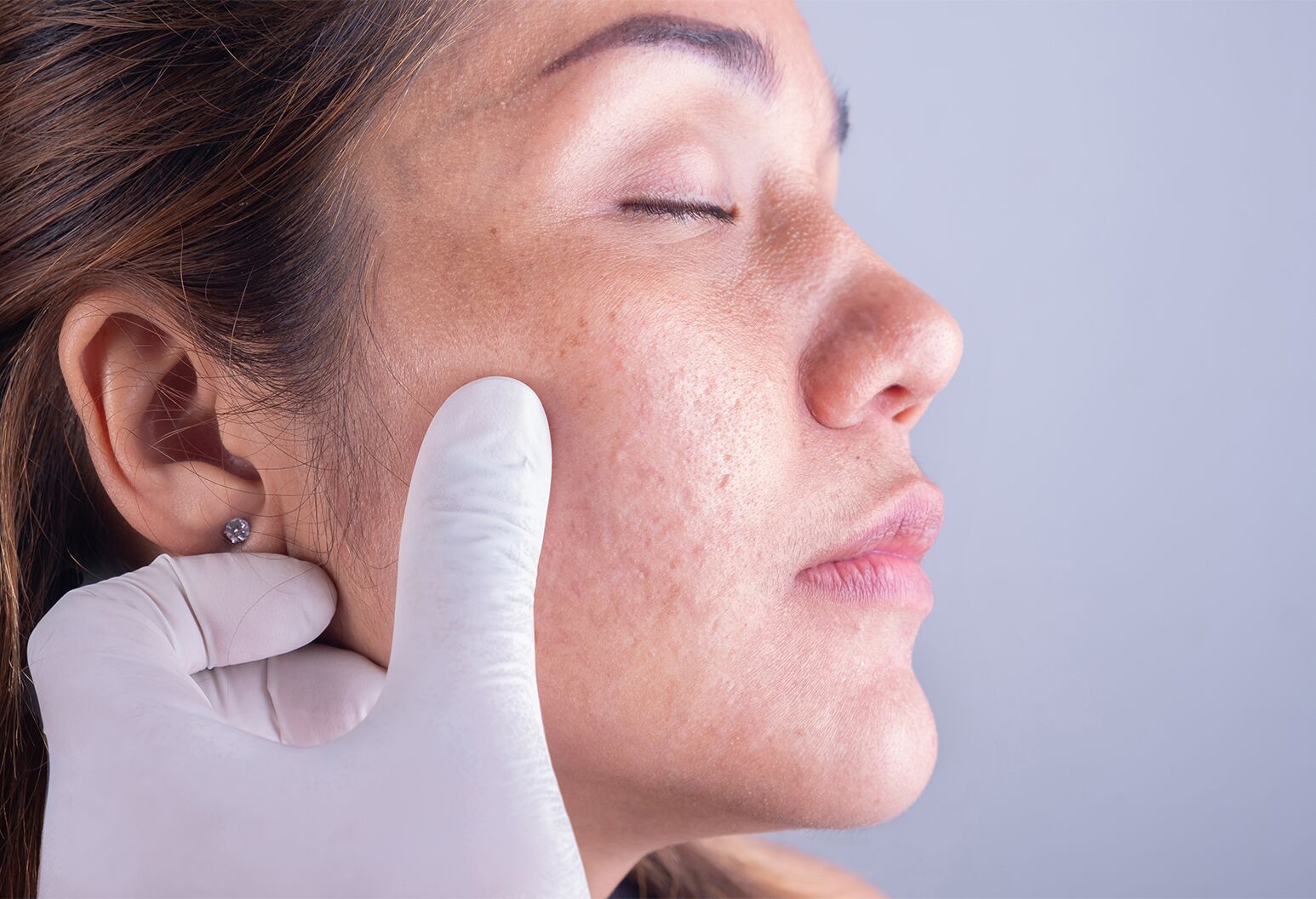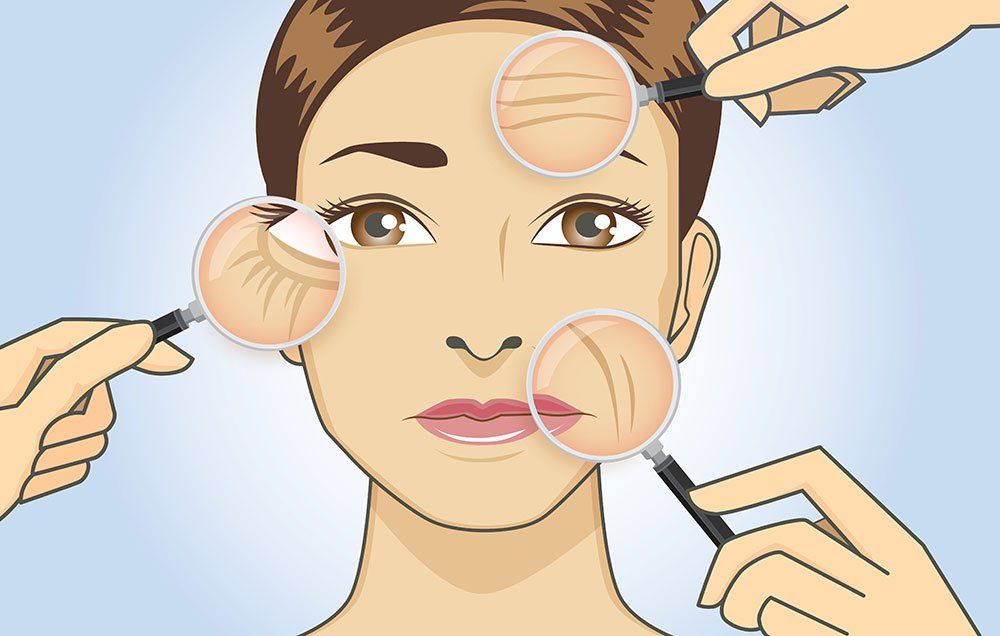Locate a reliable dermatologist to help you with treatments.
Locate a reliable dermatologist to help you with treatments.
Blog Article
Browsing Skin Cancer Treatment: The Essential Duty of Mohs in Modern Dermatology Practices
Skin cancer cells, a daunting medical diagnosis, often leaves people facing countless therapy alternatives. Among these, Mohs surgical treatment stands as a beacon in modern dermatology, renowned for its thorough technique to cancer removal and preservation of surrounding healthy cells. This innovative technique assures not just premium cosmetic end results yet additionally supplies immediate results, easing patient anxiousness. As we explore the details of this procedure, one will certainly appreciate its essential role in skin cancer cells treatment.
Understanding Skin Cancer Cells: Types and Risks
There are three primary kinds of skin cancer cells: Basic cell carcinoma, Squamous cell carcinoma, and Melanoma. It accounts for only about 1% of skin cancer instances yet triggers the huge majority of skin cancer fatalities. Danger aspects include fair skin, background of sunburn, extreme sun exposure, living at high elevations or shut to the equator, having lots of moles, a household history of skin cancer, and compromised immune system.
What Is Mohs Surgical treatment and Exactly How It's Changing Skin Cancer Cells Therapy
In spite of the numerous therapies currently readily available for skin cancer cells, Mohs surgical treatment stands out as a groundbreaking and very reliable service. Named after Frederic E. Mohs, the medical professional that created the treatment, Mohs surgical procedure is a precise surgical strategy used to deal with skin cancer. During the procedure, thin layers of cancer-containing skin are considerably gotten rid of and checked out up until only cancer-free tissue remains. This strategy enables the surgeon to validate that all cancer cells have been eliminated at the time of surgical procedure. This level of accuracy, incorporated with the capability to save as much healthy cells as feasible, is transforming skin cancer therapy. As an outcome, Mohs surgical treatment has actually come to be a cornerstone of contemporary next dermatology techniques.
The Advantages of Mohs Surgical Treatment Over Conventional Skin Cancer Cells Therapies
Structure on the innovative nature of Mohs surgery, it's crucial to consider its numerous advantages over conventional skin cancer cells treatments. Unlike standard operating procedures, Mohs offers a greater treatment price, often getting to 99% for new treatments and 94% for persistent cancers. This accuracy is due to its unique method of progressively eliminating and analyzing tissue layers up until just cancer-free cells remain (hair loss). Additionally, it minimizes damage to healthy skin, leading to much less scarring and boosted aesthetic end results. Mohs likewise provides instant results, removing the anxiety-ridden delay usual with various other techniques. It's cost-efficient, as the surgical treatment and microscopic assessment happen simultaneously, removing the demand hop over to these guys for added research laboratory solutions. Thus, Mohs represents a substantial improvement in dermatological methods.
The Treatment of Mohs Surgical Procedure: What to Expect Throughout the Refine

Prospective Side Impacts and Post-Operative Care of Mohs Surgical Procedure
Undergoing Mohs surgery, like any kind of other medical procedure, entails possible side impacts that patients need to understand. Typical negative effects consist of pain, wounding, and swelling at the surgical treatment site. Nonetheless, these are generally temporary and convenient with over the counter pain medicine and ice bag. In rare situations, people may experience infection, blood loss, or an allergy to the regional anesthetic. Post-operative care is vital to healing and lessening side results. This usually involves keeping the wound clean and dry, taking prescribed medicines, and staying clear of laborious activities. Clients should likewise go to all follow-up visits for wound treatment and tracking. Sometimes, extra therapies may be required to make sure full elimination of the cancerous cells. Complying with these post-operative care guidelines can greatly enhance recovery and end results.
Final thought

Report this page